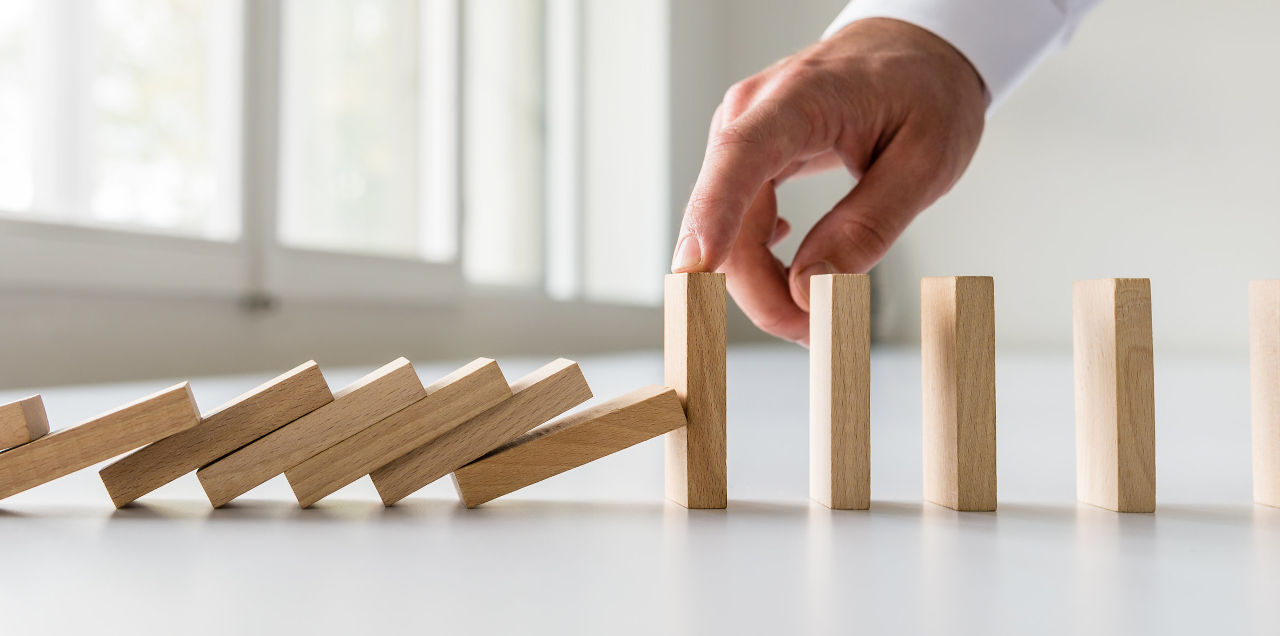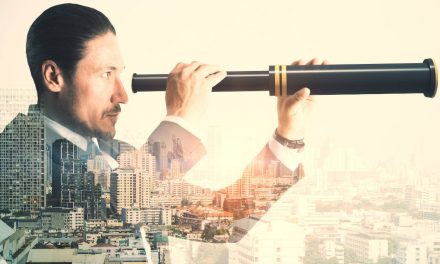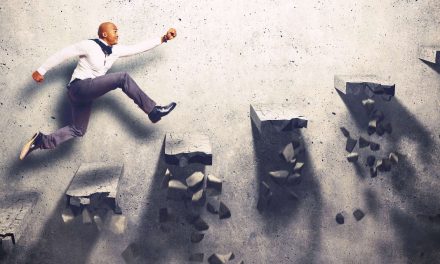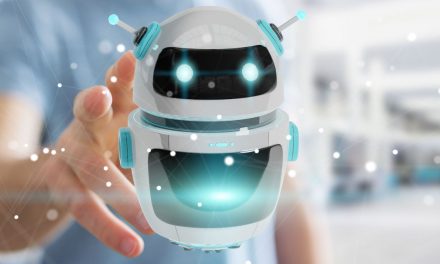By Leigh Ann Hubbard
You can clear away everything in sight, install stadium lighting, and place call buttons on every surface, but sooner or later, a fall will happen.
Unless it doesn’t.
Like it didn’t to Lisa (name changed), a woman who was regularly falling in her assisted living residence — until Dele Health Tech (a Senior Living Foresight partner) came along with its fall-prevention and -detection technology and fixed what nobody else could figure out.
Before we get to that, here’s one thing to know about the folks who run Dele Health Tech: They are passionate about dignity — dignified aging and dignified technology. They don’t use cameras, and they don’t collect identifying information.
They respect your residents as much as you do. This is cutting-edge tech with an old-fashioned spin: privacy.
So in our story, “Lisa’s” name could actually be Fred. Who knows? They don’t.
Anyway, Lisa kept needing to get up during the night, but within seconds of putting her leg over the side of the bed, she was on the ground.
All she needed was a special type of fall-management tech and a little creative thinking.
How the System Works
Dele Health Tech’s mission is to prevent one million falls by 2024. The team is well on its way. Its solution for senior living communities is two-fold.
First up: fall prevention technology based on data fusion. Dele Health Tech’s tech (say that five times fast) merges data from various sources to create a continuously updated fall-risk profile for each resident. The sources can be electronic health systems, nurse call systems, Apple Watches, smart shoes — anything gathering relevant info.
Caregivers can use these profiles to inform their daily duties. “When a caregiver comes on shift, they can see a list of folks who are at the most risk and check on them at night, for example, or verify that the path between the bedroom and the bathroom is clear,” says Chief Technology Officer Sid Probstein.
Second up: fall detection. The company’s system uses sensors, not cameras, to detect falls. It’s a dignified solution — and a practical one, since nobody has to monitor a video feed.
The system automatically sends an alert when a fall happens. And here’s a big bonus: Unlike cameras, sensors can be installed in the bathroom, a markedly risky area.
The sensor technology can also do movement studies and gait analysis and feed that information back into the fall-prevention system.
Back to Lisa’s Story
How did this fall-management tech help Lisa, who kept falling immediately upon leaving the bed?
It came down to creative customization.
After the sensors are installed, the first thing that has to be done is room mapping. “Exclusion zones” are set around the bed and chairs, for example, so the sensors don’t detect a fall every time someone sits down.
Can you guess what the simple solution for Lisa was?
“We were able to tighten up the exclusion zone around the bed, so that the minute her foot went slightly over the side of the bed, the care staff were alerted,” says Vice President of Gerontology Lydia Manning, PhD. “The sensor was able to alert staff in time, so they were able to go in, in a dignified way, and kindly and supportively redirect the resident and support those in their need of getting out of bed and doing whatever they needed to do.”
If you’d like to learn more about these fall solutions, you can go in-depth with some white papers Dele Health Tech has developed. Or dive right in and request a demo!
Preventing falls improves quality of life and helps your residents stay with you longer. Doing it in a dignified, customizable manner is the way of the future. And thank goodness for that!








